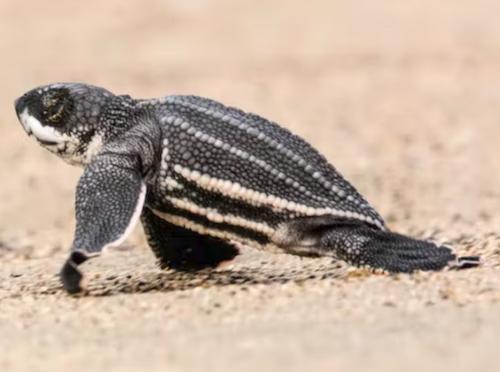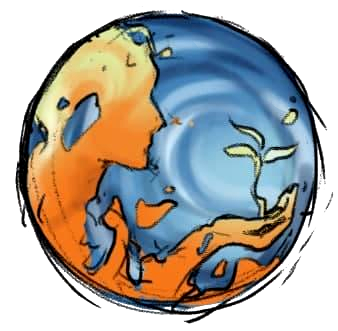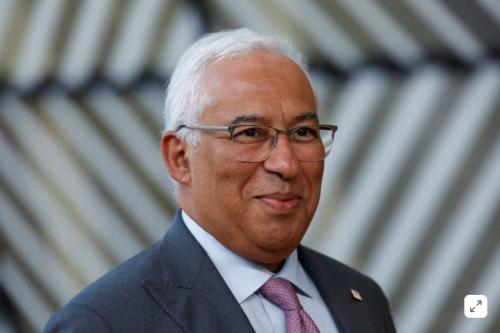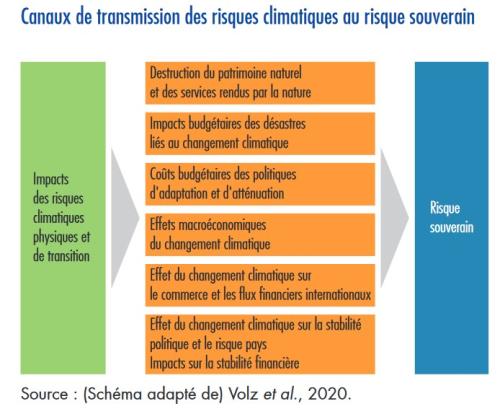A mega port in India threatens the survival of the largest turtles on Earth

A mega port in India threatens the survival of the largest turtles on Earth
The development of port facilities on the Indian island of Nicobar illustrates some of the ways such projects can go wrong when formal procedures and regulations are followed, but systemic design and impact issues are not considered. In this case, the habitat of endangered turtles and owls is proposed to be offset by actions taken elsewhere.
As in previous articles sited at 3HE in respect to things like debt for nature swaps, policymakers and businesses risk significant long term environmental damage or failure of policy goals when measures are taken in isolation.
"In a remote archipelago at the southernmost tip of India lies the Great Nicobar Island. This pristine ecosystem is a globally important nesting site of the largest turtles on Earth – leatherback turtles. But now, the site is threatened by a massive infrastructure plan.
The Indian government recently granted key approvals for an international container port on the island, which may prevent leatherback turtles from reaching their nesting sites."
By Divya Narain published in The Conversation


